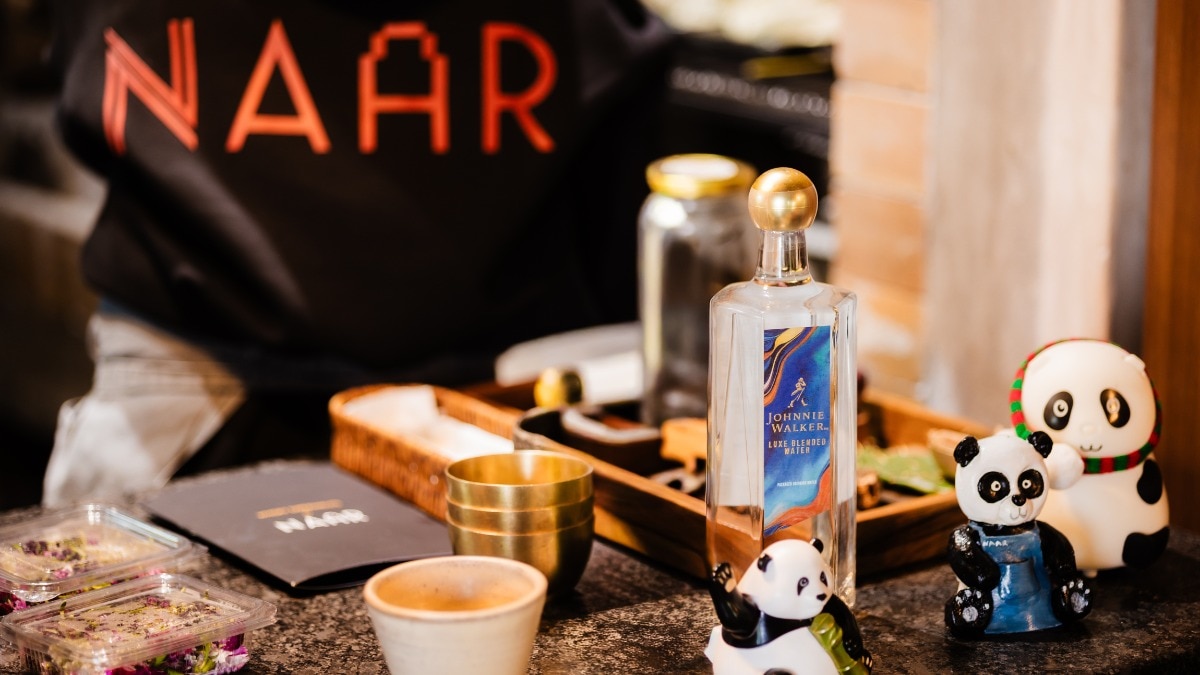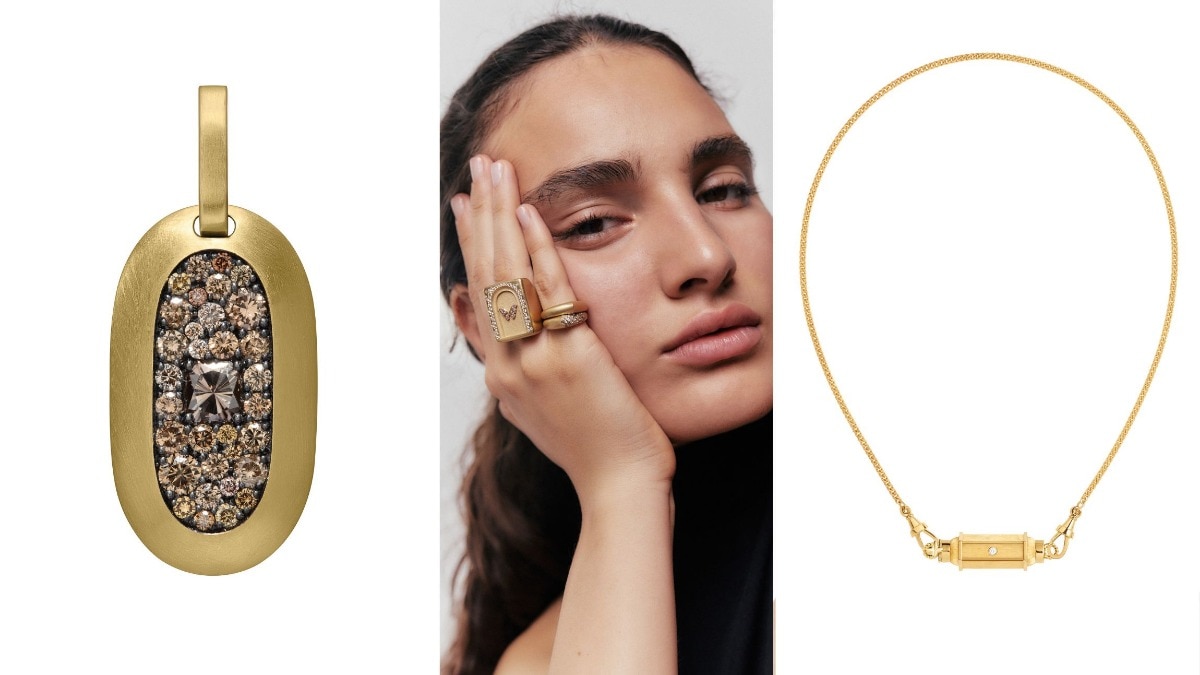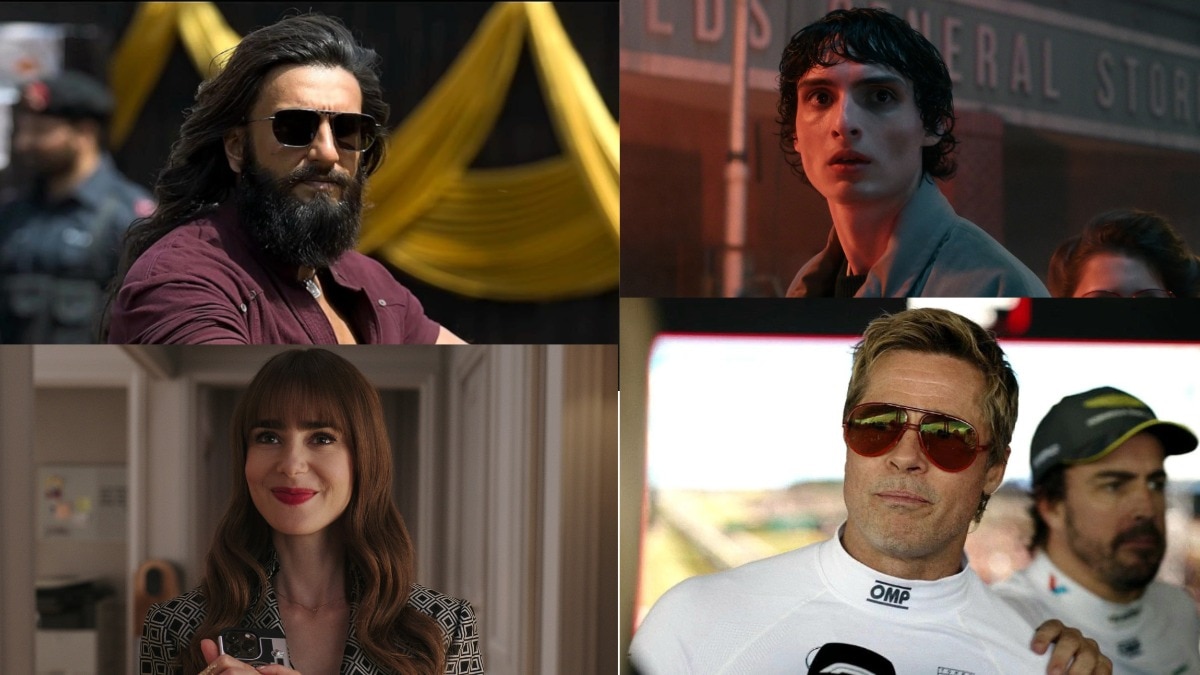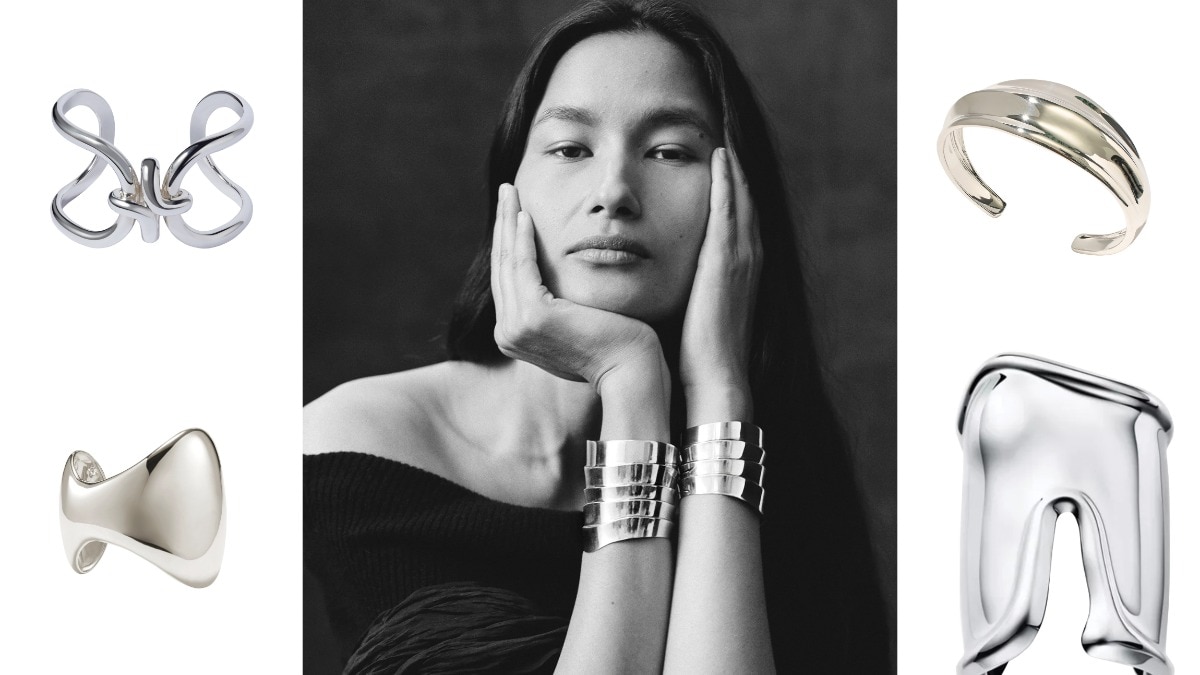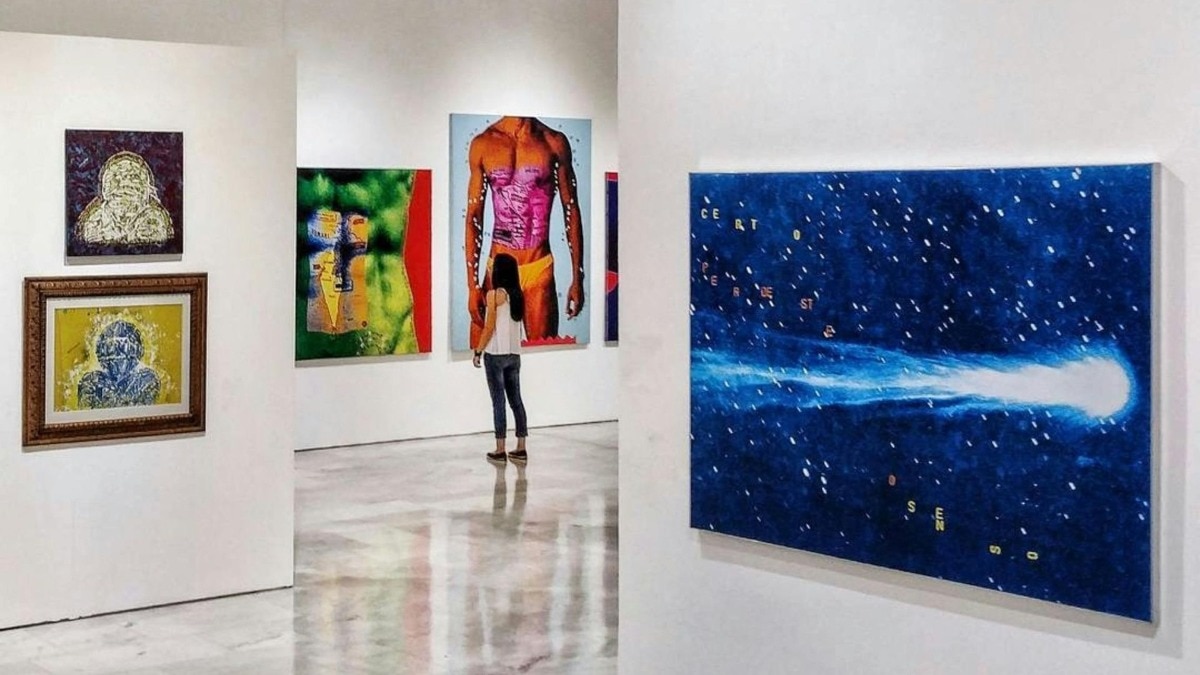
Milind Soman on why his 50s feel like his fittest, freest decade yet
Our Body and Beyond Issue cover star, supermodel and endurance athlete, to wellness icon, Milind Soman, reveals his secrets to ageing well, staying active, and living with ease.

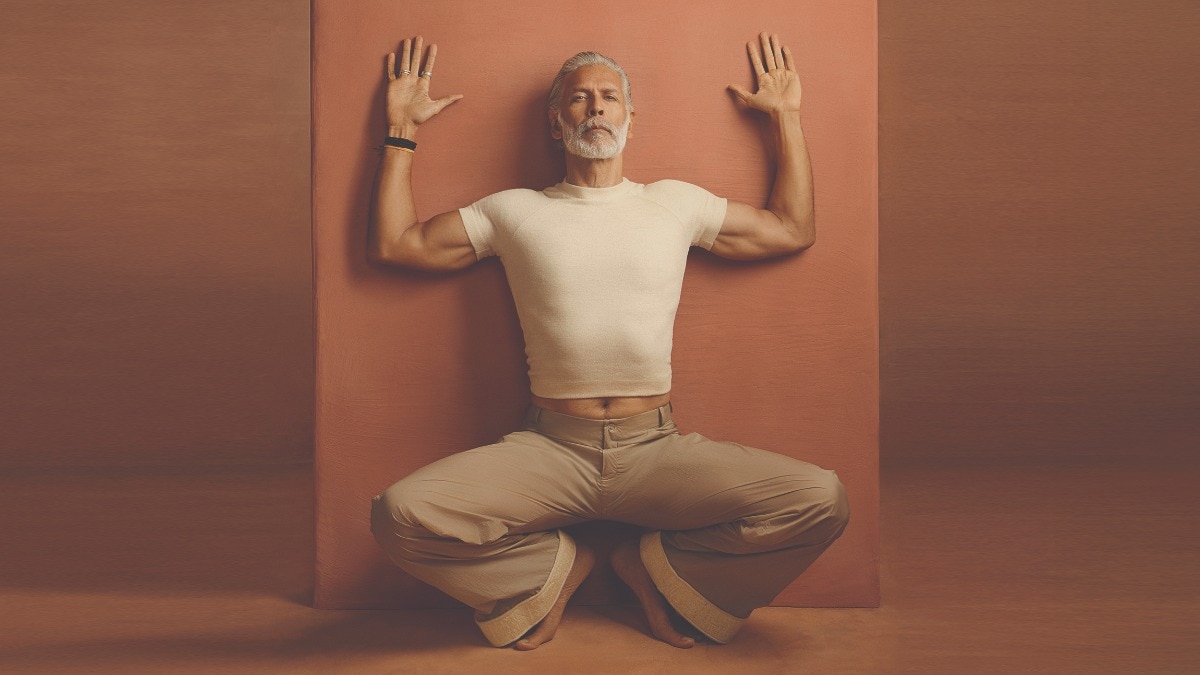
For 59-year-old Milind Soman, ageing is not a slow fade, it’s a rising force. In his 20s, he already held a clear vision of how his mind, body, and spirit would evolve by his 50s—a blueprint instilled by his scientist parents who believed wholeheartedly that one’s body is what you make of it. And so for nearly three decades, Soman dedicated himself to that vision.
Any discussion of Soman’s body would be incomplete without mentioning the 1995 Tuff Shoes advertisement with supermodel Madhu Sapre, nude, entwined with a python, wearing nothing but sneakers—a now-iconic piece of controversial art that cemented his image and dominated conversations. Nearly 30 years later, that sculpted physique hasn’t softened; it has only grown stronger, more resilient, more alive, if the photos in this feature are anything to go by.

In our conversation for Bazaar India’s Body and Beyond issue, Soman reveals that his journey with the body has never been only about physical endurance; it has been a path of deep self-inquiry and spiritual work. He talks candidly about his unconventional health choices, reframes pain, and explains the meaning of vulnerability and rest.
HB: You’ve reinvented yourself through the decades—from model to endurance athlete to wellness advocate. How has your relationship with your body evolved through these shifts and with age?
Milind Soman: I had a very different kind of childhood from most people—I was involved in competitive sport. That’s an incredible experience, not just physically, but mentally. It teaches you how your body works, how your mind reacts, how you deal with situations and relationships. When you have those lessons early on in life, it really helps you to chart out your own journey.
Up to the age of 23, I took my fitness for granted. I was a national swimming champion and represented India. At 20, you don’t understand ageing. But as you get older, you begin to understand more about change—your mind, the way you perceive the world, your body, your ideas change, even what you want from life changes. So does the gratitude you have and the understanding that if you want to keep this for the rest of your life, you need to work consistently at it.
For instance, the kind of exercises I do at 60 are very different from what I did at 30 or 40. Even mentally, I have to understand myself differently now. I create challenges for myself that help me understand where I’m at in this moment. So that I’m always comfortable and I can always enjoy myself. For instance, last week I did a half Ironman distance every day: 90 kilometres cycling and 21 kilometres running.
HB: How do you define discipline today in your 50s, as compared to your 20s? Did you ever imagine this is how you would look or feel?
MS: Not really. But I do believe everyone should think about what they want from life at 50—even when they’re 20. I didn’t do that, but I think it’s important. You may be completely wrong, but the act of imagining your future is valuable.
When I was 25, I genuinely believed I’d be the same as I aged. I still feel 25. The key difference is that I had discipline—not work discipline, but self-discipline. And an understanding of who I am. That’s something people often don’t learn. If you want to contribute to the world, you have to be at 100 per cent. At 25, most people think they would always stay the same.
HB: Are you fitter than you were in your 20s?
MS: Oh, most definitely. Because fitness has different aspects to it. So as you age, obviously things like speed will drop. You’re not as fast as you were when you were 20. But now, you have more experience, more wisdom, more understanding than you ever would at 20. In fact, some say the mental peak happens at 70 or 80. So yes, physically I’ve aged, but I’m fitter in many other ways.
HB: You’ve often spoken about simplicity in fitness. Today, people are obsessed with fillers, IV drips, and intense therapies. Where does your worldview of simplicity fit in?
MS: I’m still where I was 50 years ago. Back then, there was no talk of supplements, diet, or even structured exercise. At 15, I think I was doing all the right things—good sleep, no screens, an active lifestyle. I didn’t even consider “exercise” necessary because I was so active. And food—no junk, no chips, no soft drinks. I had my first soft drink at 22. I ate in a restaurant for the first time in my 20s. My parents were highly educated—my mother was a biochemist, my father a scientist in a nuclear facility. All four grandparents were doctors. They insisted on fresh, home-cooked food. Even today, that’s the best thing you can eat.
HB: With all your workouts and physical activity, what does recovery look like for you—especially since you’re not into therapies or supplements? Also, how do you recover emotionally?
MS: Both require time—that’s what they have in common. But recovery also depends on intensity, which is subjective. Something that might seem extreme to others might feel routine to me. Similarly, emotional recovery varies. A break-up or a loss can destroy some people while others bounce back. Recovery depends on where you are—physically and emotionally. For me, I prefer to be comfortable. I’m lazy in that sense—I like ease. But for me, comfort comes from the ability to handle anything life throws at me. People think comfort is lying on the sofa. But that doesn’t prepare them for challenges. I think I can handle almost anything comfortably because I have a better understanding of how my mind, emotions, and body work.
HB: You’ve run marathons across terrain, including the Ironman Triathlon. But is there a non-physical journey that feels like the toughest marathon for you?
MS: Beautiful things are tough. Life is beautiful, but to have a beautiful life is not easy. Running a marathon, to me, is a beautiful thing because it really helps you to celebrate the mind and body that you have. Relationships are tough, too, but beautiful. And the kind of value both bring—marathons of physical feats and relationships—to your life is unimaginable.
HB: When you think of your legacy, especially your impact on the fitness and wellness community, what part of your philosophy on your body do you hope will get carried forward?
MS: Honestly, I don’t really hope for anything. The world moves the way it does. You do what you do. If someone connects with it, they’ll take something from it. Today, more than ever, we have the means to go beyond ourselves. But few will take that chance—and those who do are lucky. Being healthy and fit is very easy. I don’t go to the gym. I don’t have a diet plan, coach, therapist, or any of that. I’ve designed this way of life based on my day-to-day experience. I don’t even read about it. I listen to my body. It took time to understand what that means. But once you do, it changes everything. It’s about learning to focus your mind, and aligning your body and mind so they move in the direction you choose.
HB: What does your body mean to you, from a philosophical standpoint?
MS: I see the mind and body as gifts. I don’t think either is me. There’s something beyond—call it a soul, a spirit, an existence. But the mind and body are toys that I’ve been gifted. And I respect them deeply. I’m constantly fascinated by the way my mind works. Especially when there are new ideas, a new story I want to tell. And the same with my body. It’s like something that’s been given to me, and every day I enjoy it—every time I run, or I jump, or I swim.
HB: Tell us about rest—not sleep, but the deep rest that your body and spirit need. What does that mean for you, and how do you achieve yours?
MS: I look at trees. I love trees, wildlife, and all of that. Ever since I was a child, I wanted to be a zookeeper or a naturalist. Big trees are my favourite—like banyan and oak. They’re simply incredible. When I was younger, I used to go to my place in Lonavala—no phone signal, no company—just me sitting alone looking at trees. My friends couldn’t understand it. I think I really feel the epitome of existence is a tree. I would love to be a tree.
Editor: Rasna Bhasin (@rasnabhasin)
Digital Editor: Sonal Ved (@sonalved)
Photographer: Nishanth Radhakrishnan (@nishanth.radhakrishnan)
Stylist: Samar Rajput (@samar.rajput05)
Cover Design: Mandeep Singh Khokhar (@mandy_khokhar19)
Editorial Coordinator: Shalini Kanojia (@shalinikanojia)
Make-up Artist: Kiran Kiran Denzongpa (@kirandenzongpa), Agency: Feat Artists (@featartists)
Hair Artist: Shivani Joshi (@sculpt.ing_), Agency: Feat Artists (@featartists)
Set Design: Janhavi Patwardhan (@artnut_j)
Hair Artist Assistant: Yaikhom Sushiel (@sushiru_)
Make-up Assistant: Sharmila Gurung (sharmilagurung469)
Fashion Assistant: Aditya Singh (@adityakamalsingh)
Milind Soman is wearing t-shirt and trousers, Bloni; rings, Abhilasha Jewelry Collection
Also read: Model Alicia Kaur gets real about beauty, body dysmorphia, and self-acceptance
Also read: Bijayini Satpathy on strength, stillness, and the power of an evolving body



